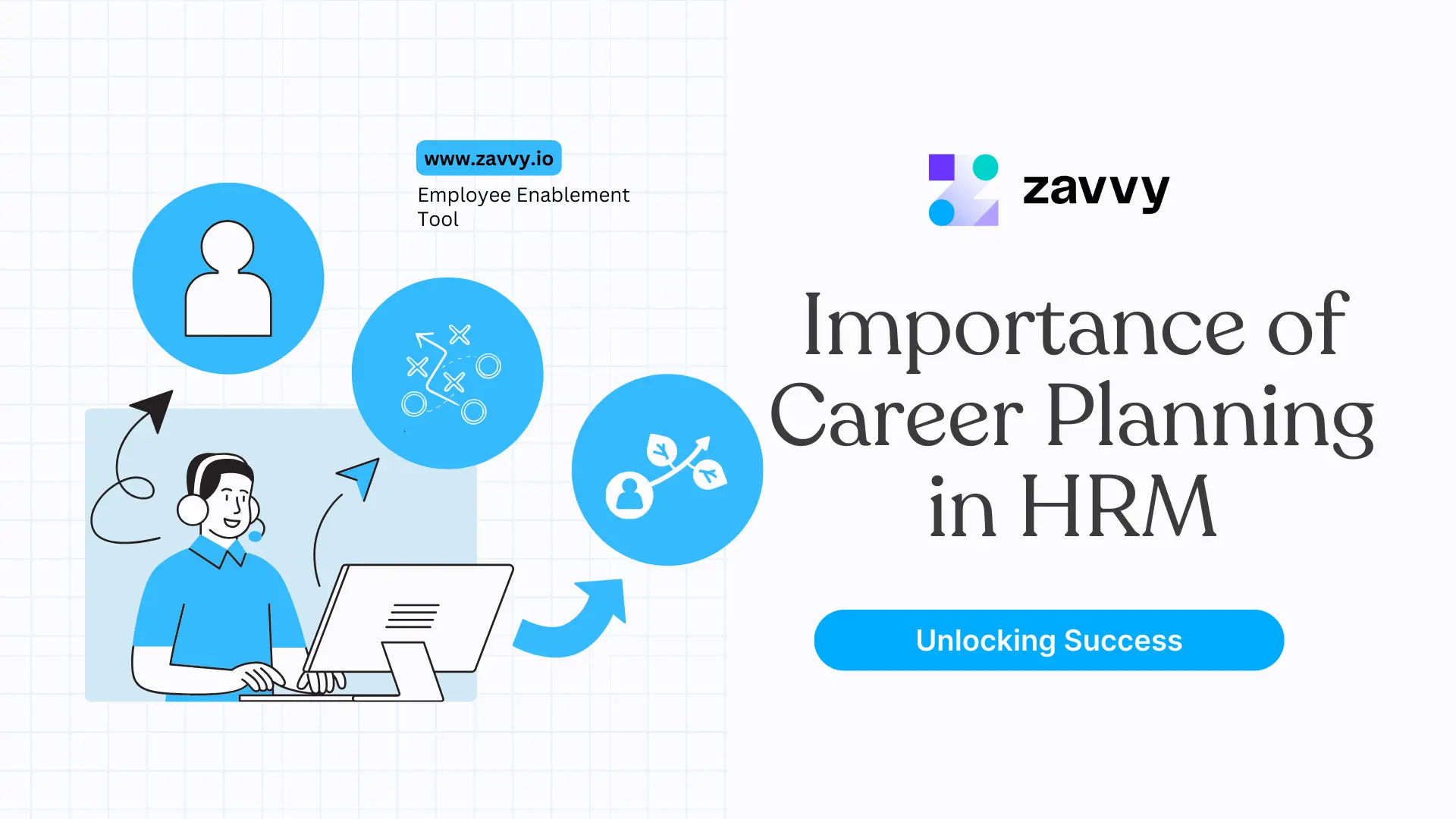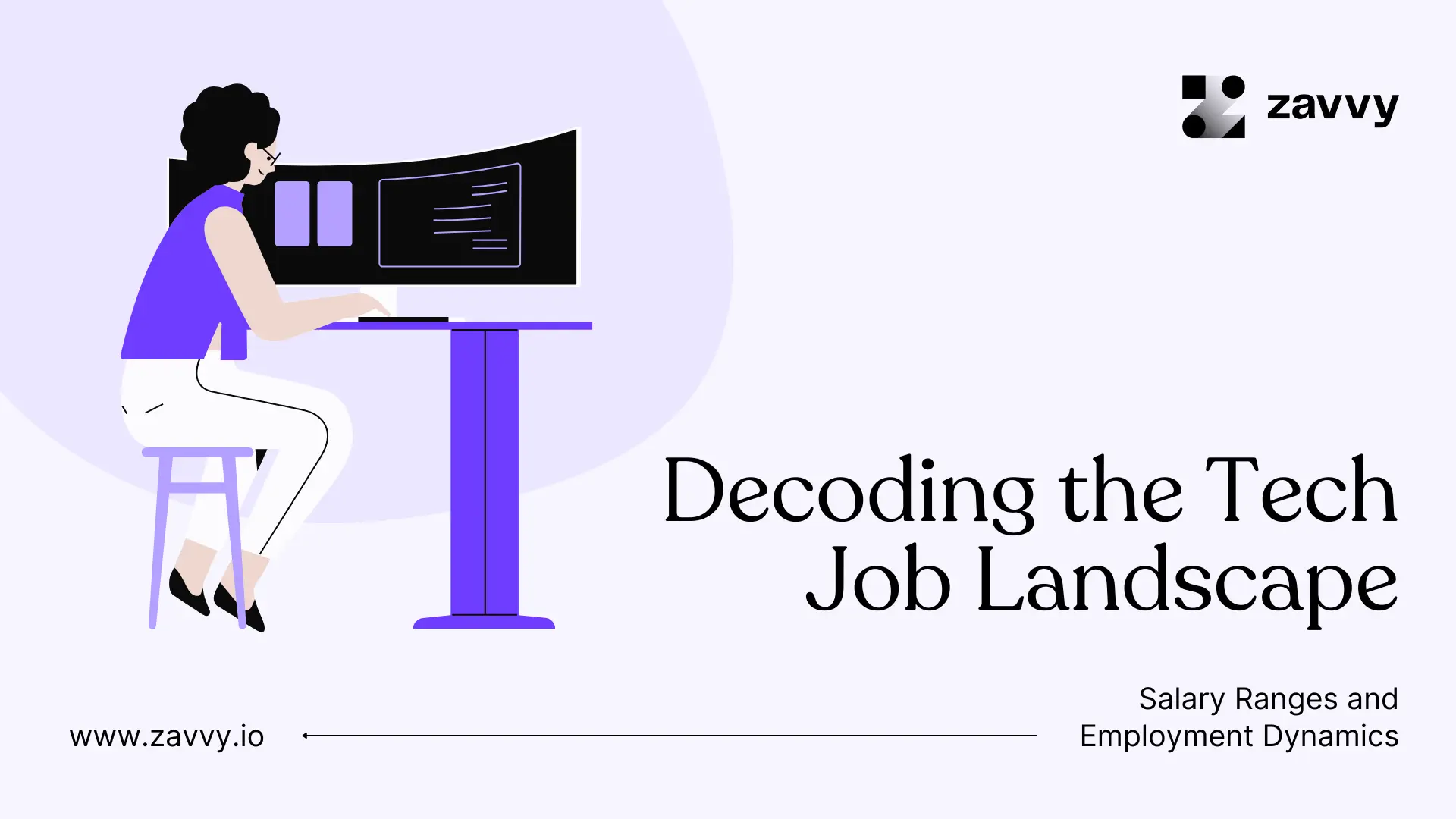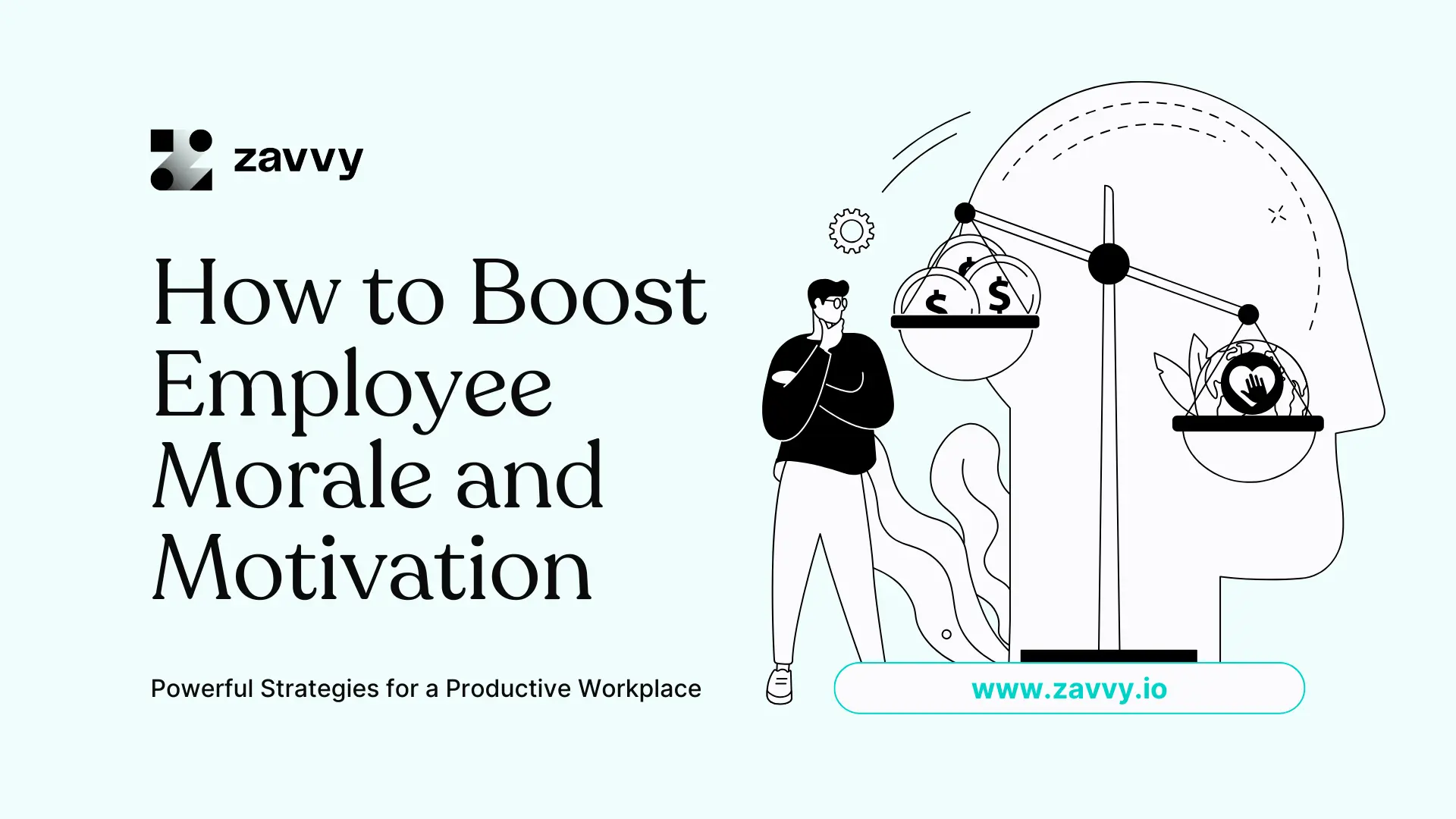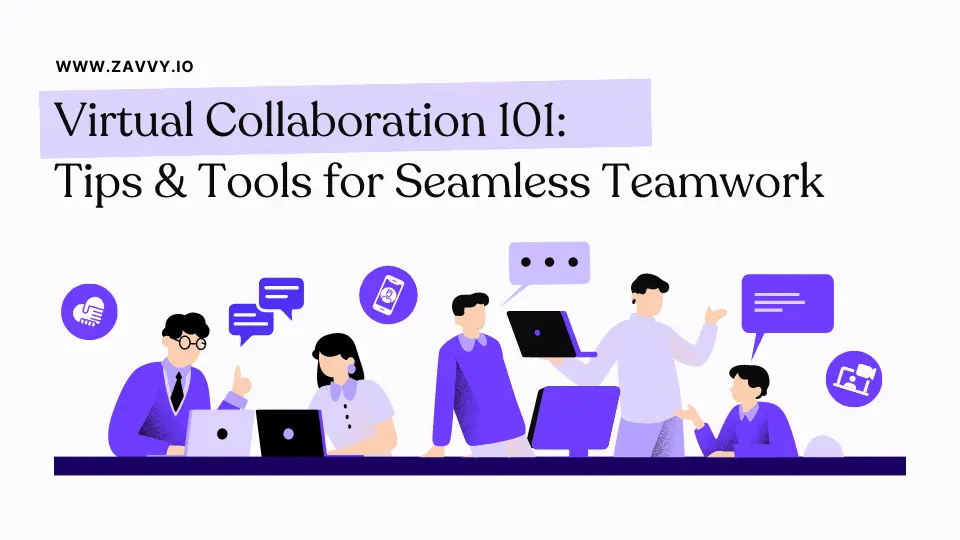
31 Core Competencies Examples to Add to Your Company's Competency Models
Zuletzt aktualisiert:
29.12.2023
Lesezeit:
14 minutes
última actualización
29.12.2023
tiempo de lectura
14 minutes
Last updated:
December 29, 2023
Time to read:
14 minutes

Core competencies are the heartbeat of professional growth. They embody the skills, behaviors, and knowledge employees need to excel in their roles.
You can build high-performing, future-ready teams by identifying and nurturing these competencies.
But which competencies should be at the heart of your people's development plans?
We did the research for you.
What to expect
This article will delve into 31 core competencies examples that are essential for success in today's evolving workplace.
From communication and collaboration to leadership and problem-solving, we've got them all covered.
We'll explore each competency, its relevance, and levels of mastery from basic to expert.

🌟 What are core competencies?
Laura M Hume, a Talent and Learning Consultant experienced in heading talent management of top companies like IBM and EY, shares her cheat formula for defining competencies.
Competency = Skill + Proficiency level (Behavior + Abilities)
Competencies have a clearly defined proficiency level that tells how employees can use that skill in their daily work.
Using the above formula, here are examples of defining communication as a competency:
- Communication skills - Beginner level (Can communicate ideas clearly).
- Communication skills - Intermediate level (Can communicate and coordinate with other team members).
- Communication skills - Advanced level (Can communicate and coordinate across departments).

Coming back to core competencies.
Core competencies are the unique combination of skills, knowledge, and abilities that an organization uses to deliver a unique value proposition and that offer a competitive advantage in the market.
They are deeply ingrained in the organization's culture, processes, and operations.

For instance, innovation, customer service, operational efficiency, or technological expertise could be core competencies.
Core competencies must be nurtured and protected as they are essential to the company's strategic advantage and success.
Core competencies can be organization-wide or function-specific.
- Organization-wide core competencies are unique strengths that permeate the entire organization, regardless of individual roles or departments. They align with the company's mission, vision, and strategic objectives. For instance, a technology firm may regard constant innovation as a core competency that should be demonstrated by all its departments, from product development to marketing.
- Function-specific core competencies refer to unique strengths required in specific departments or roles within the organization. For instance, while solid analytical skills may be a core competency for an accounting department, creative thinking might be a core competency for a marketing team.
➡️ Check out our article on skill matrix & job-levelling matrix
So, every employee has to develop two types of core competencies: company and job-specific.
For example, Zappos, the online shoe and clothing retailer, takes customer service seriously. It trains all employees (regardless of the role) in customer service while onboarding. In short, customer service is a company-level core competency for all Zappos employees.
Then, there are job-specific competencies related to different roles/jobs. For instance, creativity would be a core competency for any marketing executive at Zappos.

💬 15 General employee core competencies examples
Here are the general employee core competencies you can plan to develop in your workforce.

Time management
Definition: The ability to prioritize tasks, meet deadlines, and use time effectively.
Proficiency levels:
- Basic: Can prioritize tasks and manage own time.
- Intermediate: Can prioritize tasks and manage the time of smaller teams.
- Advanced: Can prioritize tasks and manage the time of bigger teams.
- Proficient: Can optimize team's time.
- Expert: Can optimize organization's time.
Problem-solving
Definition: The ability to identify and analyze problems, find the best solutions, and implement them.
Proficiency levels:
- Basic: Can identify problems.
- Intermediate: Can identify problems and suggest solutions.
- Advanced: Can evaluate solutions and find the best fit.
- Proficient: Can identify patterns and trends in issues.
- Expert: Can anticipate and prevent problems.
Communication
Definition: The ability to effectively convey information, ideas, and instructions to individuals or groups in oral or written communication.
Proficiency levels:
- Basic: Can communicate ideas clearly.
- Intermediate: Can communicate within teams.
- Advanced: Can communicate across teams.
- Proficient: Can communicate with large groups.
- Expert: Can communicate with diverse audiences.
Teamwork
Definition: The ability to collaborate effectively as a team towards a common goal, sharing knowledge and responsibilities while fostering teamwork and building a positive team dynamic.
Proficiency levels:
- Basic: Can share responsibilities well within the team.
- Intermediate: Can share responsibilities well within the team and actively share knowledge to achieve common goals.
- Advanced: Can collaborate well as a team member, sharing knowledge and addressing team issues.
- Proficient: Can accelerate team building by promoting open communication, setting clear expectations, and driving a culture of growth.
- Expert: Can work on strategic initiatives, bring multiple teams on the same page, and facilitate cross-team collaboration.
Willingness to learn
Definition: The openness to new ideas and the desire to continuously learn and develop new skills.
Proficiency levels:
- Basic: Open to learning new things for the role
- Intermediate: Seeks learning opportunities, new information, ideas, and resources to enhance personal and professional growth.
- Advanced: Continuously upskills with in-demand trends/technologies and an asset for any new project.
- Proficient: Actively shares knowledge and experience with others within the team.
- Expert: Acts as a thought leader at a department/organization level. Stays committed to constant upskilling and spreads knowledge and expertise.
Persuasiveness
Definition: The ability to effectively present and argue one's ideas and opinions through persuasive communication and influence others to adopt a particular viewpoint or take a specific action.
Proficiency levels:
- Basic: Can present basic ideas effectively and persuade others to accept them.
- Intermediate: Can negotiate complex ideas effectively with others and reach an agreement.
- Advanced: Can influence others and make group decisions.
- Proficient: Can handle complex negotiations like team disputes, sales calls, and new projects.
- Expert: Can influence organizational-level initiatives like policy changes, cross-functional initiatives, and striking client deals.
Resilience
Definition: The ability to bounce back from difficult situations and maintain a positive attitude and performance.
Proficiency levels:
- Basic: Can maintain a positive attitude in case of setbacks.
- Intermediate: Can maintain a positive attitude in case of setbacks and guide junior team members.
- Advanced: Can maintain a positive attitude in case of setbacks and guide an entire team to overcome challenges.
- Proficient: Can build a resilient team culture in high-performance teams.
- Expert: Can build a resilient organization by creating a culture of adaptability.
Building work relationships
Definition: The ability to establish and maintain positive and productive relationships with colleagues, clients, and other stakeholders.
Proficiency levels:
- Basic: Can initiate simple interactions with peers.
- Intermediate: Can initiate and maintain basic relationships within the team.
- Advanced: Can initiate, maintain and strengthen relationships across teams.
- Proficient: Can initiate, maintain, strengthen, and leverage relationships across various functions and locations within the company.
- Expert: Can initiate, maintain, strengthen, leverage, and create relationships with third parties.
Embracing change
Definition: The ability to adapt to new situations, technologies, and processes.
Proficiency levels:
- Basic: Recognizes the need for change.
- Intermediate: Can cope with changes and open to doing things differently.
- Advanced: Can manage anxiety and stress through changes.
- Proficient: Can initiate, manage and optimize change at the team level.
- Expert: Can initiate, manage, and optimize change at the organizational level.
Empathy
Definition: The ability to understand and share the feelings of others.
Proficiency levels:
- Basic: Can empathize with basic emotions. Demonstrates a willingness to learn and apply empathy skills, seeking guidance and support from team members and supervisors.
- Intermediate: Can empathize with a variety of emotions. Effectively communicates with others, demonstrating active listening and empathy in all interactions.
- Advanced: Can empathize with complex emotions and situations. Adapts communication style to better understand and respond to the feelings, thoughts, and experiences of others, ensuring that their needs are met.
- Proficient: Can empathize, understand and communicate effectively with diverse groups. Mentors others in developing empathy skills and fostering a culture of understanding, collaboration, and inclusivity.
- Expert: Can empathize, understand, communicate, anticipate, and create an inclusive environment. Fosters a culture of empathy within the team by setting clear expectations, promoting active listening and emotional intelligence, and supporting individual growth and development.
Leadership
Definition: The ability to guide and inspire people to achieve a common goal and promote individual growth.
Proficiency levels:
- Basic: Provide guidance to team members.
- Intermediate: Enable and support individuals to achieve team goals.
- Advanced: Enable and help individuals to develop their skills, achieve team goals, and realize their full potential.
- Proficient: Can mentor individuals and provide growth opportunities.
- Expert: Can lead with a vision setting strategic direction for the organization.
💼 Check out our leadership competency matrix, for a more in-depth leadership competency model for effective leaders.

Negotiation
Definition: The ability to effectively communicate, persuade, and collaborate with others to reach mutually beneficial agreements or solutions.
Proficiency levels:
- Basic: Can participate in discussions and understand different perspectives.
- Intermediate: Can participate in team discussions, understand different perspectives, and reach mutually beneficial agreements.
- Advanced: Can discuss across teams and reach mutually beneficial agreements.
- Proficient: Strategically negotiates with internal stakeholders to achieve desired outcomes.
- Expert: Demonstrates exceptional negotiation skills in interactions with stakeholders and external partners.
Realistic goal setting
Definition: The ability to set attainable and realistic goals and to develop a plan for achieving those goals.
Proficiency levels:
- Basic: Can set clear goals.
- Intermediate: Can set and align goals with team strategy.
- Advanced: Can align goals with team strategy and modify plans in response to changing priorities.
- Proficient: Can set and align goals with the business.
- Expert: Can set and optimize goals for business with a vision.
Results orientation
Definition: The ability to focus on achieving results or goals.
Proficiency levels:
- Basic: Can complete basic goals.
- Intermediate: Can achieve challenging goals.
- Advanced: Can achieve and exceed goals.
- Proficient: Can achieve, exceed, and optimize goals aligned with team priorities.
- Expert: Can achieve, exceed, and optimize goals aligned with organizational priorities.
Research
Definition: The ability to locate and gather information from various sources.
Proficiency levels:
- Basic: Can locate basic information.
- Intermediate: Can gather complex data from different sources.
- Advanced: Can gather and critically evaluate information.
- Proficient: Can collect information and draw inferences from it.
- Expert: Can gather information, draw inferences, and present them in helpful reports, graphs, or charts.
➡️ Looking for more key competencies in line with your company vision? Download Zavvy's competency database with 36 core competencies, activities to train in each competency, and KPIs to measure them.


🏢 How can you identify the core competencies required for a specific job role or industry?

Aristida Markauskaite, HR Manager at RatePunk, suggests three ways to find core competencies.
Analyze job descriptions
Review job descriptions and identify the skills and behaviors necessary for success in each role. This should be set for every role separately.
Get opinions from experts
Consult with managers and high-performing employees with expertise in specific job roles to identify the critical competencies they believe are essential for success.
Benchmark industry standards
Research industry best practices and benchmarks to identify commonly recognized core competencies in similar roles.
🙌 16 Most important core competencies for employees in today's job market
We have also done some groundwork with our team of psychologists/learning experts and collected core competencies that matter across different verticals.

🪧 Marketing and advertising
Storytelling
The ability to tell stories that can build a connection with your target audience and position your brand.
Standard proficiency levels are:
- Writing narratives in line with brand messaging.
- Coming up with newer ideas for campaigns.
- Defining brand story and more extensive campaigns that position the brand.
Creativity
The ability to see things from a fresh perspective and try newer ideas. Marketing needs continuous creativity to come up with ideas for campaigns.
Typical proficiency levels are:
- Can plan small campaigns.
- Can plan extensive campaigns.
- Can drive company-level initiatives by defining brand story.
Research
The ability to research the target audience and understand what's working and what's not.
Typical proficiency levels are:
- Can do research for small campaigns.
- Can do research for large-scale campaigns.
- Can drive more extensive research and define target audience persona.
Empathy
Can empathize and understand the target audience.
Common proficiency levels are:
- Can understand a variety of emotions.
- Understands and respects fresh perspectives.
- Can handle diverse audiences.
⚙️ Engineering
Communication
Can clearly communicate the information within the team and also to non-technical stakeholders.
Typical proficiency levels are:
- Can express ideas within the team and provide clear status in status/scrum calls.
- Can communicate ideas across the team and work on development projects demanding cross-functional collaboration.
- Communicate technical concepts to non-technical stakeholders clearly and concisely.
Problem-solving
The ability to identify problems and propose innovative solutions to deliver quality software releases. Common proficiency levels:
- Can identify problems and suggest solutions for any technical use case.
- Can solve problems by evaluating solutions and finding the most optimized fit for the best code performance results.
- Uses existing data and metrics to identify trends and continuously improve product releases.
Teamwork
The ability to collaborate effectively as a team and achieve project goals while sharing responsibilities with other team members.
Typical proficiency levels are:
- Collaborate effectively with team members to deliver high-quality technical solutions.
- Collaborate effectively across teams for critical projects demanding cross-functional collaboration.
- Can proactively identify and resolve differences in the team, solving challenges and keeping team efforts focused on the expected project goal.
Willingness to learn
The openness to learning new technologies and staying updated with industry trends.
Common proficiency levels are:
- Regularly research industry trends and new technologies to stay up to date on best practices.
- Seeks learning opportunities in new technologies and shares knowledge with the team to keep up to date with industry advancements.
- Identify opportunities to implement new tools and technologies to improve technical solutions and increase software performance.
🤹 Project management
Leadership
The ability to guide and inspire a team to achieve a common project goal. Common proficiency levels are:
- Can enable and support individuals to achieve project goals
- Can enable and support individuals to develop their skills, achieve team goals, and realize their full potential
- Can lead the team with a vision of setting new growth benchmarks.
Realistic goal setting
The ability to set attainable and realistic goals for the team to make the project successful.
Typical proficiency levels are:
- Can set attainable team goals in line with business demands.
- Can modify goals in response to changing business priorities.
- Can optimize goals for efficient team performance.
Planning
The ability to set goals, develop action plans, and effectively allocate resources to achieve desired outcomes.
Common proficiency levels are:
- Can plan the team's work to achieve team goals.
- Can plan the department's work to achieve project goals.
- Can plan the organization's work to achieve business goals.
Embracing change
The ability to adapt to changing business goals, technologies, resources, and processes.
Standard proficiency levels are:
- Remain open to change, adjusting project goals aligning with evolving organizational needs.
- Foster a culture of adaptability within the team, encouraging team members to embrace change and meet project goals.
- Collaborate with cross-functional teams in a dynamic environment and address emerging needs.
💸 Sales competencies
Customer focus
The ability to understand customer needs and pain points to position the company's products or services effectively.
Common proficiency levels are:
- Maintain a deep understanding of the prospect's needs, challenges, and pain points.
- Actively listen to prospects, understand their requirements, and tailors messaging of products/services accordingly.
- Understands the prospect's pain points to identify opportunities to deliver value and upsell products/services.
Building relationships
The ability to build relationships with internal stakeholders and external prospects.
Typical proficiency levels are:
- Initiate interactions with prospects. Also maintains relationship marketing teams to gather lead magnets and materials that drive conversions.
- Routinely stay in touch with prospects and establish trust.
- Build and maintain strong customer relationships and win long-term contracts and repeat orders.
Communication
The ability to communicate the value proposition of the company's products or services to prospects and coordinate with the marketing team.
Common proficiency levels are:
- Communicate the value proposition of the company's products or services to prospects.
- Maintain timely communication with internal stakeholders(marketing, product development, and customer success) and prospects.
- Communicate complex ideas to prospects and convert sales calls.
Negotiation
The ability to negotiate opportunities based on customer needs and business goals.
Standard proficiency levels are:
- Lead negotiations with prospects and convert them.
- Lead high-stakes negotiations with clients to ensure mutually beneficial outcomes.
- Lead high-stakes negotiations with clients and convert long-term contracts.

🌱 How can organizations effectively develop and improve their employees' core competencies?

Build competency model
The first step is to build a competency model.
It starts with mapping all competencies for the current role and clarifying career progression by defining the competencies for future roles.

Train employees
After you have clear competencies for each role, you can train employees in these competencies.
Abhishek Shah, Founder of Testlify, suggests three ways to develop core competencies in employees:
- training and development programs with online or cohort courses;
- job rotation and stretch assignments to diversify their experience;
- performance feedback and coaching so they get a mentor.

Monitor progress
Lastly, it's best to combine performance reviews with the competency model for the holistic growth of employees.
You can provide periodic performance reviews discussing the learning and progress of these competencies.

➡️ Develop core competencies with Zavvy's 360° growth system
Building core competencies is an ongoing journey of learning, growth, and transformation.
Investing in the right competencies will unlock your team's potential and drive organizational success.
But let's face it: Building a competency model is a lot of work.
With Zavvy's career pathing software, you get an inbuilt competency database and a framework to define career paths.
But that's not it.
One of the learning experts guides you throughout the process.
And if you want a shortcut, you can enlist the help of Zavvy AI.

Are you ready to chart a course for growth and excellence for your workforce?
📅 Book a demo and start enabling 360-degree growth.

❓ FAQs
What are the top 4 competencies?
The top four competencies highlighted in many industry reports are:
1. Communication: The ability to effectively convey information, ideas, and instructions to individuals or groups, both verbally and in writing.
2. Time management: The ability to prioritize tasks, meet deadlines, and implement strategies to use time effectively.
3. Problem-solving: The ability to identify and analyze problems, find the best solutions, and implement them.
4. Teamwork: The ability to collaborate effectively as a team towards a common goal, sharing knowledge and responsibilities while building a positive team dynamic.
➡️ Learn more about specific constructive feedback examples
What are the core leader competencies?
The top 7 core leadership competencies for managerial roles are:
1. Communication: The ability to effectively convey information, ideas, and instructions to individuals or groups, both verbally and in writing.
2. Time management: The ability to prioritize tasks, meet deadlines, and use time effectively.
3. Problem-solving: The ability to identify and analyze problems, find the best solutions, and implement them.
4. Teamwork: The ability to collaborate effectively as a team towards a common goal, sharing knowledge and responsibilities while building a positive team dynamic.
5. Persuasiveness: The ability to effectively present and argue one's ideas and opinions and influence others to adopt a particular viewpoint or take a specific action.
6. Building work relationships: The ability to establish and maintain positive and productive relationships with colleagues, clients, and other stakeholders.
7. Realistic goal setting: The ability to set attainable and realistic goals and to develop a plan for achieving those goals.
What are the three characteristics of core competencies?
3 key characteristics of core competency are:
1. Personality traits: A person's characteristics that help individuals do their job well, like resilience or result orientation.
➡️ Check out our article on the top 11 soft skills in the workplace
2. Behavioral skills or Interpersonal skills: Behavioral skills that support individuals in collaborating with others, like communication, teamwork, and more.
3. Job-specific skills: Job-related skills that support an individual in doing their particular role. Example: Creativity is a must for marketing roles.
➡️ Check out our article on the top hard skills in the workplace
How do core competencies differ between industries or job roles?
Core competencies are job-specific skills that support an individual in doing their job. It varies from role to role. For instance, creative thinking is a core competency for marketing roles. On the other hand, negotiation is a core competency for sales roles.
Read next
Als Nächstes lesen
No items found.
No items found.
.png)
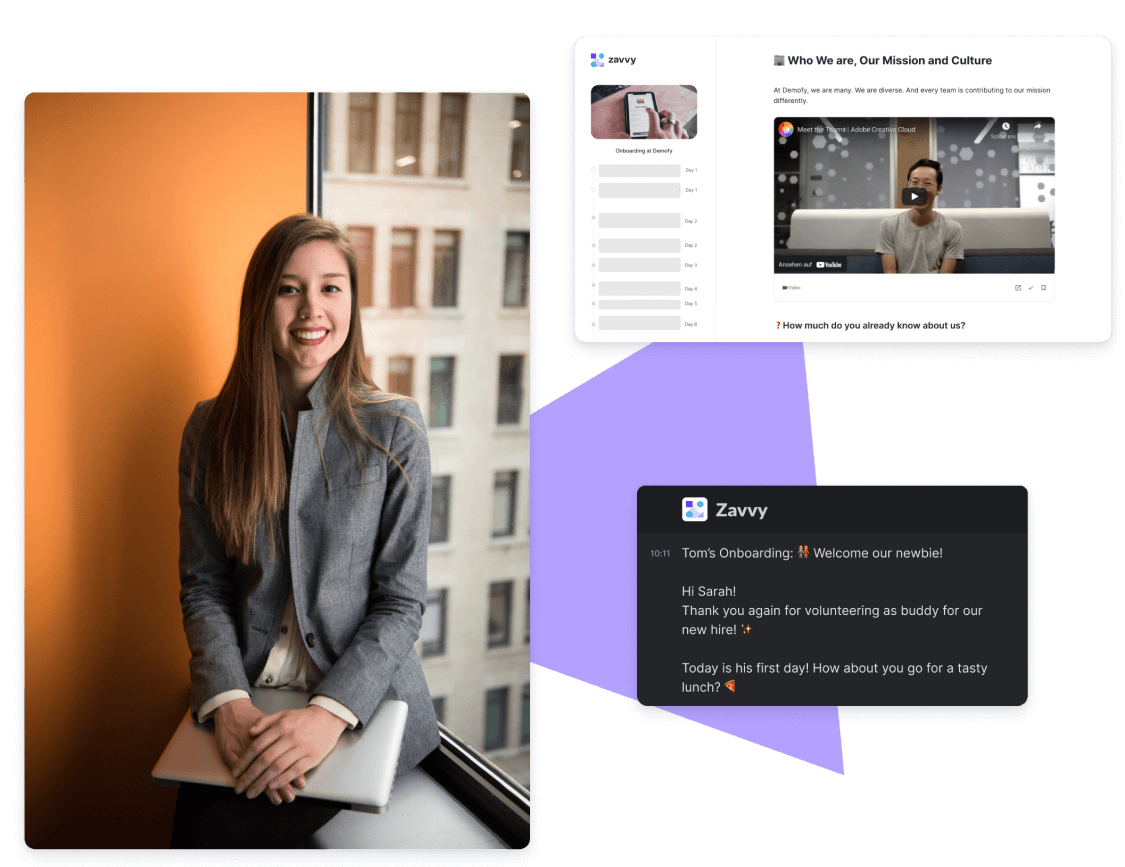



















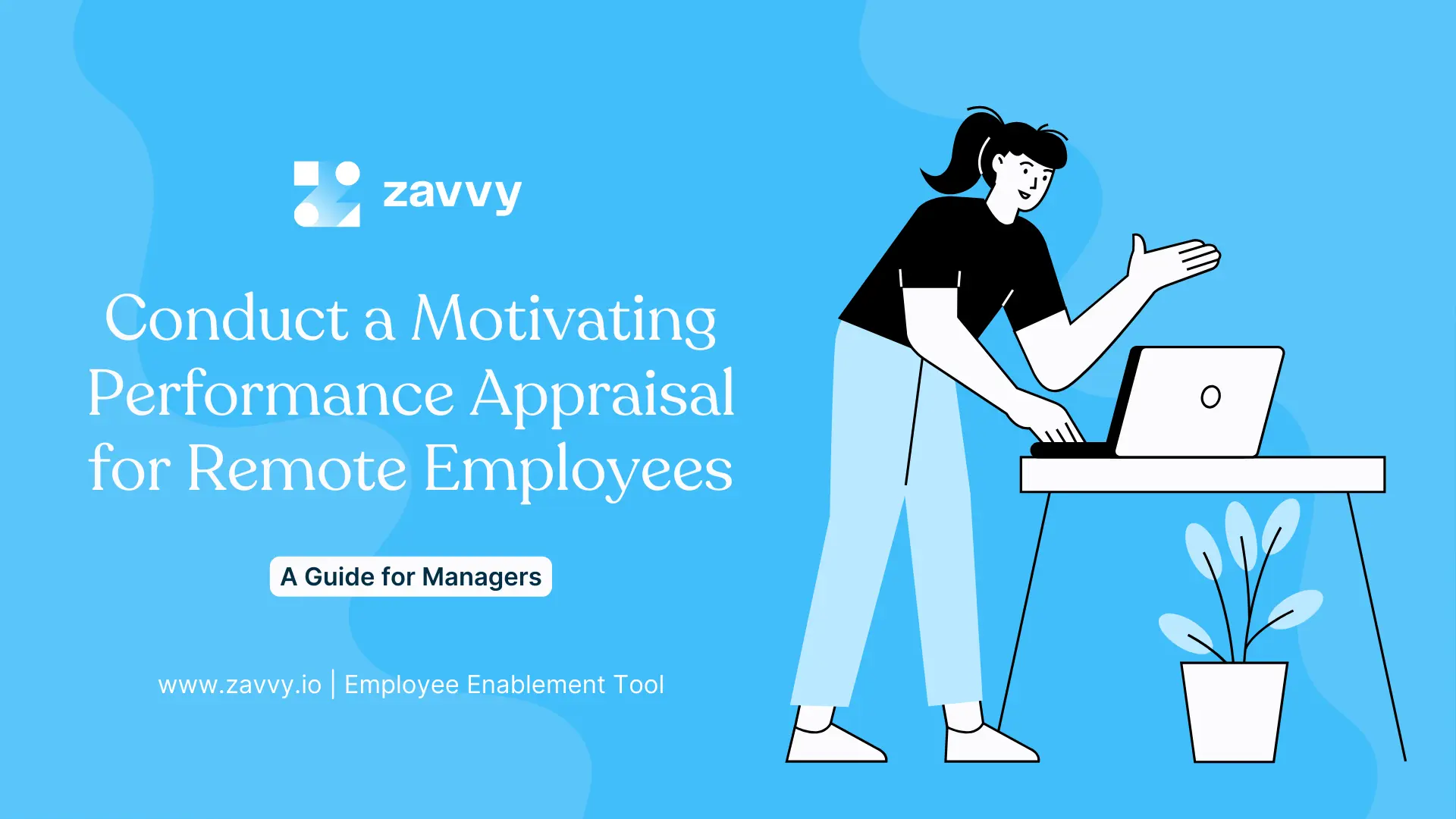
.png)







